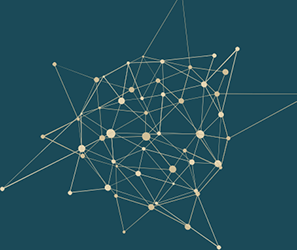Speaker
Description
In several searches for additional Higgs bosons at the LHC,
in particular the CMS search in the·
$pp \to \phi \to t \bar t$ channel and the ATLAS search in·
the $pp \to \phi \to \tau^+\tau^-$
channel, a local excess at
the level of $3\,\sigma$ or above has been observed·
at a mass scale of $m_\phi \approx 400$GeV.·
We investigate to what extent a possible signal in those
channels could be accommodated in the·
Next-to-Two-Higgs-Doublet Model (N2HDM) or the Next-to Minimal
Supersymmetric Standard Model (NMSSM).
In a second step we furthermore analyse
whether such a model could be compatible with both a signal at·
$\approx 400$GeV and at $\approx 96$GeV, where the latter possibility is
motivated by observed excesses in searches for the $b \bar b$ final state at·
LEP and the di-photon final state at CMS.
The analysis for the N2HDM reveals that the
observed excesses at $\approx 400$GeV in the
$pp \to \phi \to t \bar t$ and
$pp \to \phi \to \tau^+\tau^-$ channels point
towards different regions of the parameter space, while one such excess and an
additional Higgs boson at $\approx 96$GeV could simultaneously be
accommodated. In the context of the NMSSM·
an experimental confirmation of a signal in the·
$t \bar t$ final state would favour·
the alignment-without-decoupling limit of the model,
where the Higgs boson at $\approx 125$GeV could be essentially
indistinguishable from the Higgs boson of the SM.·
In contrast,·
a signal in the $\tau^+\tau^-$ channel would be correlated with significant
deviations of the properties of the Higgs boson at $\approx 125$GeV·
from the ones of a SM Higgs boson that could be detected with high-precision
coupling measurements.
